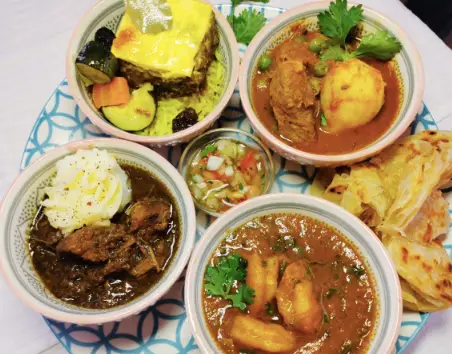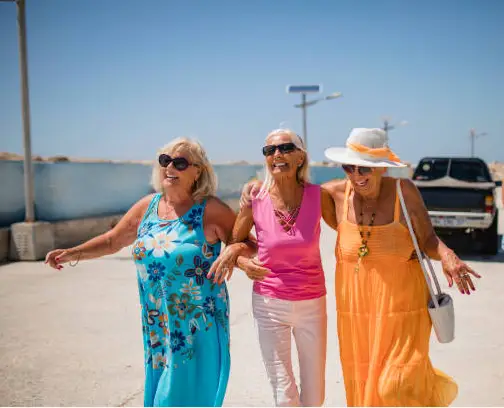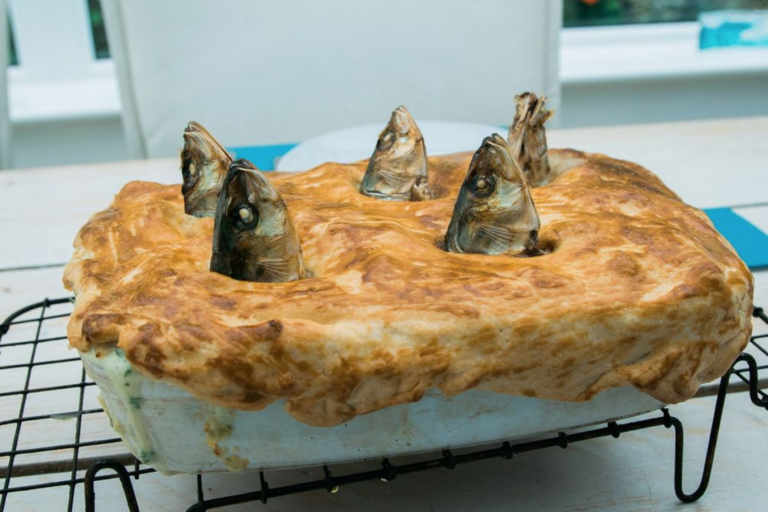Cape Malay cuisine is a cornerstone of South African culture, renowned for its aromatic spices, vibrant colors, and unique blend of flavors. This culinary tradition is deeply rooted in the history of Cape Town, where it tells a story of resilience, creativity, and cultural fusion that began over three centuries ago.
The Cape Malay community traces its origins back to the 17th century, when enslaved people from Malaysia, Indonesia, and Madagascar were brought to the Cape by Dutch colonizers. They arrived with few possessions but brought with them a rich culinary heritage that would eventually transform the food culture of Cape Town. Despite their circumstances, they preserved their traditional recipes and cooking methods, adapting them to the ingredients available locally and infusing them with African, European, and Indian influences.
Staples like bobotie, a savory-sweet minced meat dish baked with a custard topping, and bredie, a slow-cooked stew often made with lamb, are classics that capture the soul of Cape Malay cuisine. The use of spices like turmeric, cardamom, cinnamon, and ginger imparts the warm, earthy flavors that characterize this food, while accompaniments like sambals and atchars provide tangy, spicy contrasts.
Over time, Cape Malay cuisine became a symbol of cultural pride and resilience, remaining a distinct part of the Cape Town identity even as the city transformed. Today, you can experience Cape Malay dishes in the colorful streets of the Bo-Kaap neighborhood, where restaurants and family kitchens alike serve up these traditional recipes, keeping the legacy alive.
Cape Malay cuisine in Cape Town is more than just a meal—it’s a vibrant, historical journey through the fusion of cultures and flavors, a delicious reminder of the city’s layered heritage, and a testament to the enduring spirit of its people.




